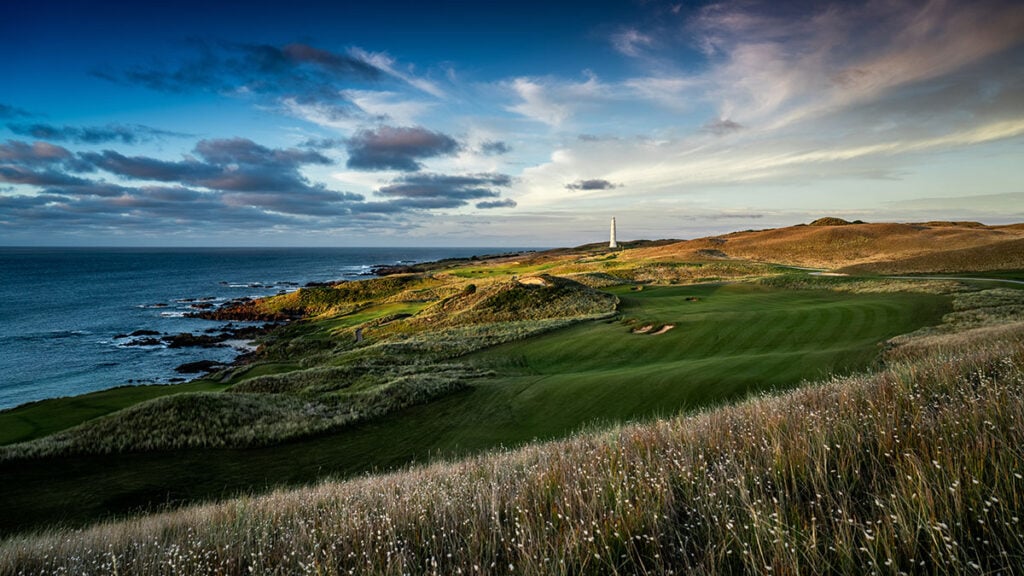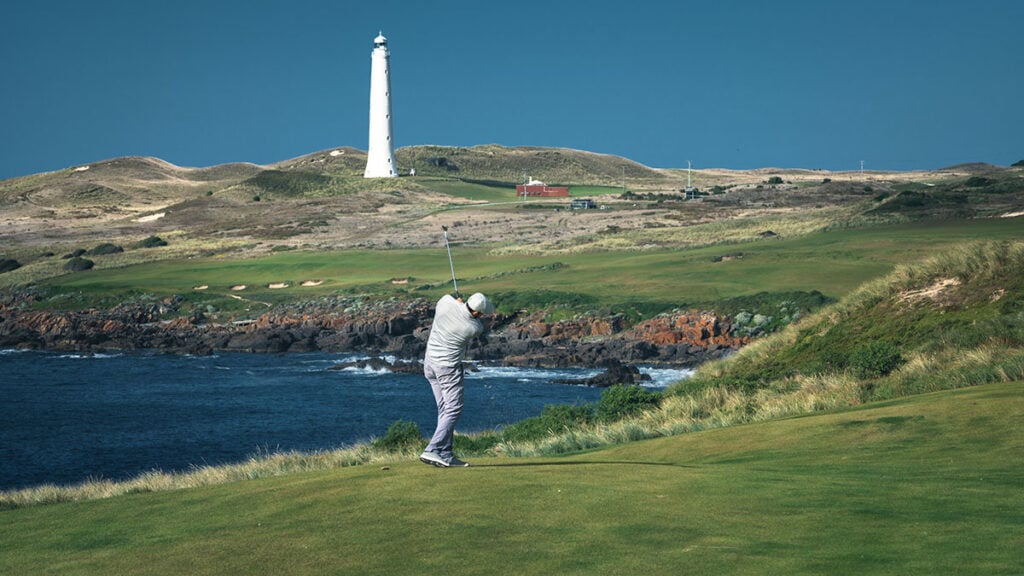One of America’s iconic companies, U.S. Steel, agreed this week after months of speculation to be sold to Nippon Steel for in excess of $14 billion. The origins of U.S. Steel have a golf connection that’s worth recalling as the ultimate example of the game as a business tool.
The story is coincidentally told in the current newsletter of the U.S. Seniors Golf Association by its longtime editor Paul Galvani. He explains that the history goes back to 1882 when Henry Clay Frick and Andrew Carnegie combined their coke and steel businesses to become “the largest and most powerful steel-making company on earth.” The two titans had a falling out, but in later years Carnegie attempted a reconciliation that resulted only in the famous response by Frick: “Yes, you can tell Carnegie I’ll meet him. Tell him I’ll see him in Hell, where we both are going.”
Another heavyweight of the era, J.P. Morgan, was building his own steel conglomerate and went with a proposal to the chairman of Carnegie Steel, Charles Schwab (no relation to the founder of the modern brokerage firm that bears the same name). Galvani writes: “Schwab broached the subject (of a sale) with Mrs. Carnegie, who, now with a young daughter, wanted Andrew to retire. She told Schwab to play golf the next day at St. Andrew’s in Hastings-on-Hudson, NY, with her husband and to throw the match so Andrew would be in a good mood. Then, she advised Schwab, he should raise the idea of a sale. That is what Schwab did, and, to his surprise, Carnegie was amenable. Carnegie was told he could ‘name his price,’ which he did: $480 million (about $17 billion in today’s dollars). J.P. Morgan agreed, and Carnegie Steel thus became part of U.S. Steel. Morgan named Schwab President and Frick was appointed to the board. It has been called the biggest deal ever hatched on a golf course. Carnegie was reputed to have become the second richest man in the world of all time—only ever surpassed by John D. Rockefeller.”
This article was originally published on golfdigest.com



